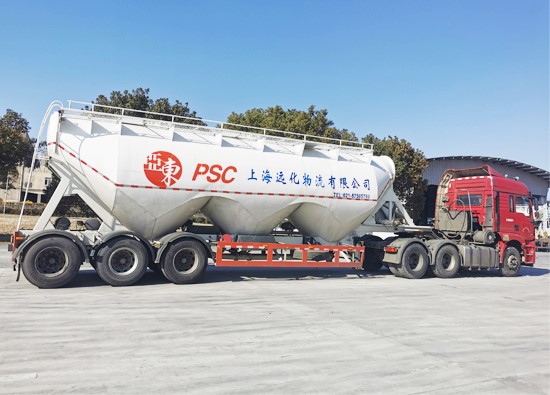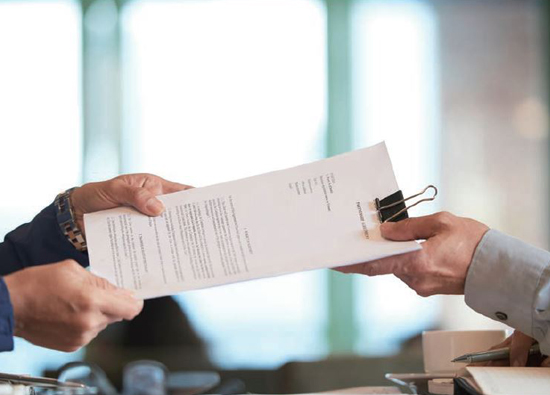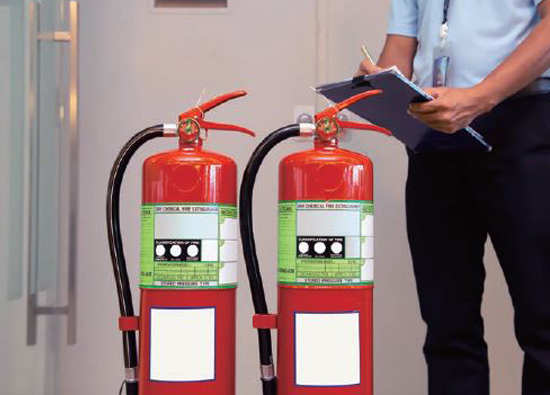04.2021 Office Talk
Email etiquette
EIE美語 /

When writing e-mail in the workplace, be careful to use greetings. This issue will introduce you to the e-mail etiquette you should know as a business person.
Sample Dialogue(情境範例)
In the last issue of the monthly magazine, Gary wrote an email to update the progress of his work. However, the tone is too casual and informal. Let's take a look at Sabrina's revised version.
Tips(商用英文書信補給站)
參考以下例句,並了解如何正確應用。
1. There are a number of reasons that you should avoid using “Good morning/afternoon/evening”in the email. It may not be morning, afternoon, or evening anymore by the time your email reaches the recipient; or if your recipient(s) is in a different time zone(s). (商業書信往來中,應避免使用“Good morning/afternoon/evening”來打招呼。因為收信人開啟信件時,可能不再是早上、中午或傍晚,甚至收信者與寄信者可能在不同時區。)
(x) Good morning./afternoon./evening.
(o) Good day.
(o) I hope this email finds you well.
2. If there are only two recipients then you should address them by name in the email instead of using the term“both”. It is a matter of respect to use them. The recipients might consider the sender to be rude or lazy if he or she isn’t willing to address them by name.(若收信者僅有兩位,應在信中寫明收信者的名字,盡量不要用“both”取代稱呼,以示尊重。否則收信者可能會認為發件人是粗魯或懶惰的不願意稱呼其名。)
(x) Dear Both,
(x) Dear You Two,
(o) Dear Mr. and Mrs. Jackson,
(o) Dear Leslie and Harriet,
3. In terms of formality, longer words or sentences generally a more formal approach. You don’t always have to be formal in an email; however, using“tks”is excessively informal (more like a text message). In a business email, there are alternatives that can be used to thank the recipients. Depending on the purpose of your email, you might want to adapt accordingly.(商用英文中,較長的詞彙或句子通常會比較正式。雖然商業書信撰寫不需要一直保持很正式的口吻,但是,仍不合適使用“tks”,這樣的語言形式較適合用於簡訊。下面介紹其他可於商業書信往來中,表達感謝的句子。你可根據信件目的來挑選應用。)
(x) Tks.
(o) Thank you.
(o) Thank you in advance.
(o) Thank you for your feedback.
(o) Thank you for this information.
以上英文教學由EIE美語提供,英文課程諮詢請洽:EIE Institute Belle Yin(Tel: (02) 8773-6828 Ext. 368;Email: belle@eie.com.tw)
#





















